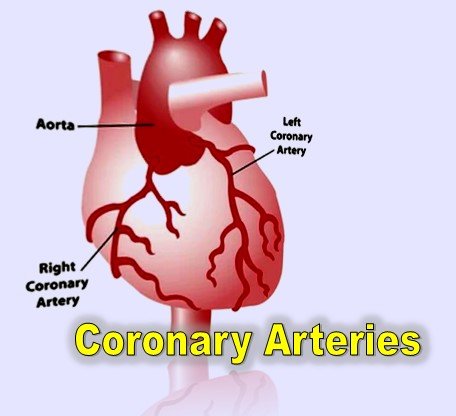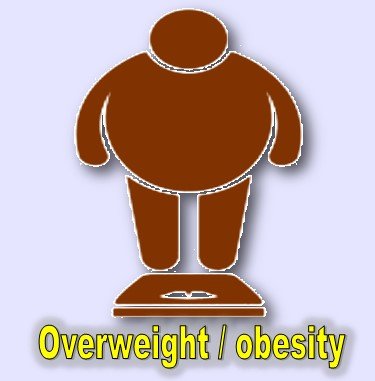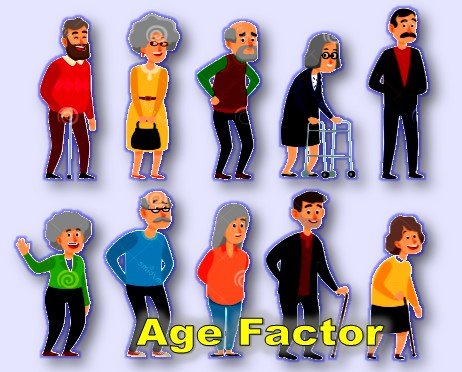Heart – CAD – The Risking Factors
What is CAD? And how it is fatal?
CAD stands for coronary disease, or Coronary Heart Disease (CHD), or simply known as the heart attack (disease).
Other medical terms for this disease are Myocardial Ischemia (MI) or Ischemic Heart
Disease (IHD).
The reason for this disease is the reduction of blood flow to the heart.

It occurs when plaque builds up inside the arteries that supply blood to the heart muscles.
What are coronary arteries?
Coronary arteries are the blood vessels that supply oxygenated blood to the heart muscles.
They are two major arteries known as the right coronary artery and the left coronary artery. They feed blood to the
entire heart muscle.

What is Plaque and Atherosclerosis?
Plaque is composed of substances found in the blood, like fat and cholesterol.

ATHEROSCLEROSIS
This condition of building-up of fat and cholesterol in coronary arteries is called atherosclerosis.

ATHEROSCLEROSIS makes it harder for blood to get to the right areas of the heart.
It is estimated that over 17.8 million deaths occurring annually due to CAD around the
world. In United States one in four deaths is caused by it. Almost 600,000 people die
from this disease every year only in US according to the National Heart, Lung, and
Blood Institute (NHLBI).
The factors that increase the risk of developing CAD:
Eight key factors (given below), in particular, contribute to heart attacks.

1. Overweight or obesity:
Extra body weight – (obesity) / (extra body fat) / (overweight)
High amount of extra fat and extra bone-weight and/or extra water are the causes.

2. Unhealthy cholesterol levels:
Blood carries High-Density Lipoprotein (HDL) cholesterol to the liver before it builds up in the arteries.
Low-Density Lipoprotein (LDL) cholesterol sticks to arteries, forming plaque and reduces blood flow.

When total cholesterol levels are 240 mg/dl and above there’s an increased
risk for CAD.
LDL cholesterol should be less than 70 mg/dl for those who have heart or blood
vessel disease.
3. High blood pressure:
Blood pressure that stays at or above 140/ 90 mmHg over a period of time is considered too high.

4. Smoking:

It causes numerous risk factors such as damaging and tightening blood vessels. It increases cholesterol levels and inhibit oxygen from reaching certain tissues in the body.
5. Diabetes:
The high blood sugar levels increase the risk of CAD because diabetes increases other risk factors, such as high cholesterol, LDL, and triglycerides; lower HDL; and high blood pressure.

In this case, the hormone insulin cannot be used properly or there cannot be enough insulin produced.
6. A sedentary lifestyle:

Lack of physical activity aggravates these and other risk factors, such as obesity and overweight.
7. Age Factor:

Age influences the risk of CAD.
The age at which risk increases are for Men – after 45
for Woman – after 55
These signs and symptoms are directly proportional to the genetic and life style factors.
8. Genetic risk factors:
Family history of CAD can also be the reason.



